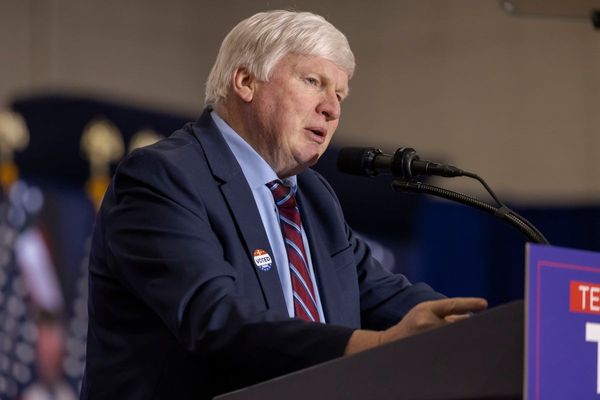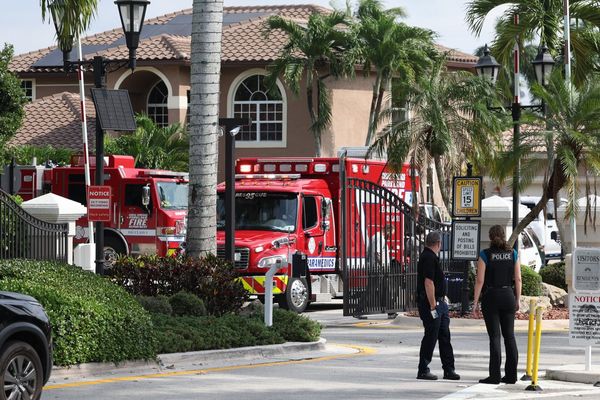/Elon%20Musk%2C%20founder%2C%20CEO%2C%20and%20chief%20engineer%20of%20SpaceX%2C%20CEO%20of%20Tesla%20by%20Frederic%20Legrand%20-%20COMEO%20via%20Shutterstock.jpg)
Tesla (TSLA) is poised to release its second-quarter delivery figures on Wednesday, July 2, with Wall Street anticipating that it will deliver 390,000 vehicles, a sharp decline from 443,956 units in the same period last year.
The electric vehicle giant faces mounting pressure, as Q1 deliveries of 336,691 were below expectations, reflecting broader challenges, including weakening demand in key markets and consumer backlash tied to CEO Elon Musk’s political associations.
With TSLA stock down over 24% year-to-date, Tesla is working to reignite growth through affordable pricing and an updated Model Y refresh. The company is also doubling down on autonomous vehicle technology, with Musk recently showcasing Tesla’s first fully driverless customer delivery near its Austin facility’
As Chinese competitors intensify pressure and EV adoption slows, Wednesday’s numbers will provide crucial insight into whether Tesla’s strategic pivots can restore momentum in an increasingly competitive landscape.
Tesla Went Public 15 Years Ago
Fifteen years after its initial public offering, Tesla has transformed from an experimental clean-tech startup with $150 million in lifetime revenue into a $1 trillion automotive giant. The EV maker now generates nearly $100 billion in revenue annually.

Early investors have been richly rewarded for their faith in CEO Elon Musk's vision. A $10,000 investment at Tesla's IPO would now be worth close to $3 million, outperforming the broader market’s growth from $10,000 to $57,000 in the same period.
However, Tesla’s current challenges reflect the complexity of its evolution. It faces declining automotive revenue for the second consecutive year, with sluggish electric vehicle sales amid intensifying competition from Chinese manufacturers. European registrations fell for five straight months through May, while the Cybertruck has struggled to gain traction despite significant fanfare.
Musk now positions Tesla’s future around autonomous driving technology and humanoid robotics rather than traditional car sales. The company recently launched limited robotaxi services in Austin, Texas, and Musk envisions thousands of Optimus robots working in Tesla factories by late 2025. Yet Tesla still lags behind competitors like Alphabet’s Waymo in autonomous vehicle deployment.
Political controversies surrounding Musk’s involvement with President Donald Trump’s administration and divisive social media presence have also impacted Tesla’s brand value, which declined 26% in 2024.
Tesla stock reflects this uncertainty, having fallen 24% this year while underperforming its major technology peers.
Despite current headwinds, Tesla’s remarkable transformation from a niche electric car manufacturer to a technology powerhouse showcases the potential for revolutionary change in traditional industries.
What Is the Target Price for TSLA Stock?
TSLA stock is down roughly 34% from all-time highs. Wall Street expects the company’s sales to fall by 0.7% year over year in 2025, before growing by at least 20% each year between 2026 and 2028. Adjusted earnings per share are projected to increase from an estimated $1.87 per share in 2025 to $4.83 per share in 2028.
Out of the 41 analysts covering TSLA stock, 14 recommend “Strong Buy,” two recommend “Moderate Buy,” 15 recommend “Hold,” and 10 recommend “Strong Sell.” The average target price for Tesla stock is $297, slightly below its current trading price.








